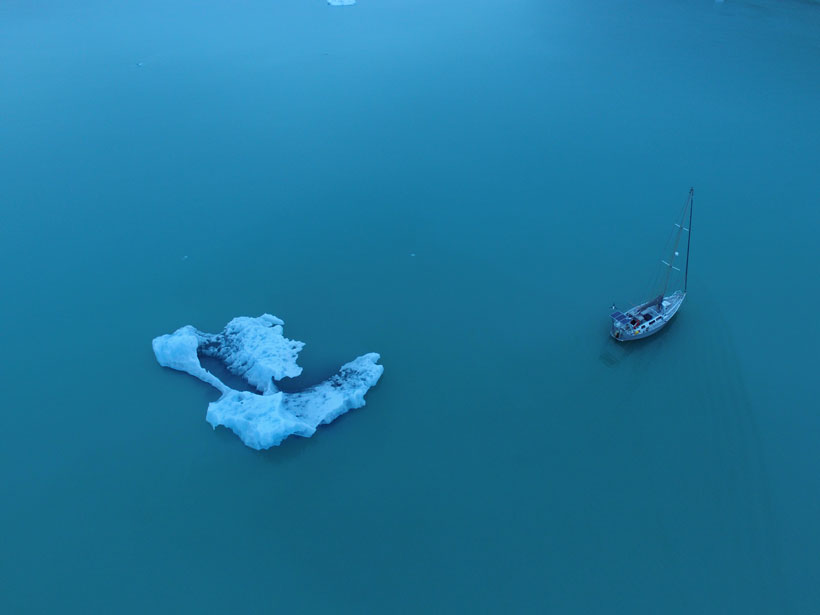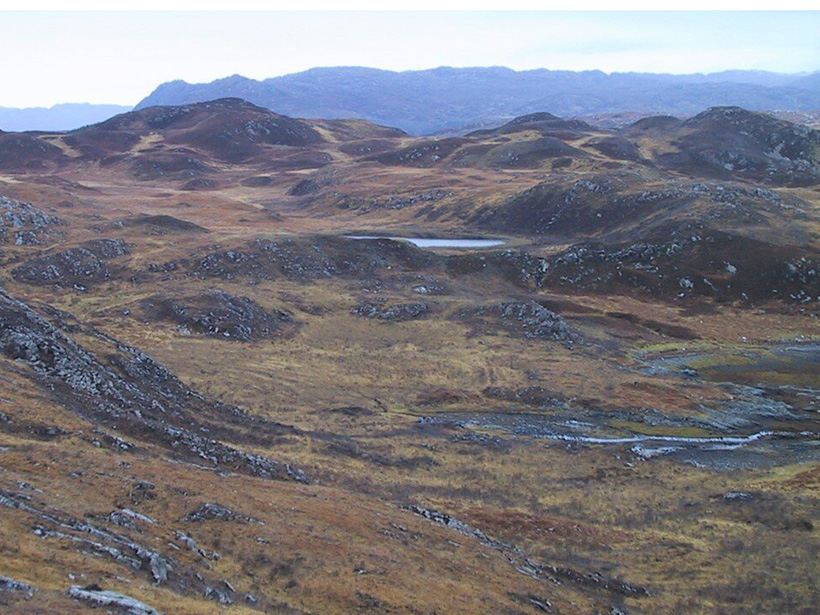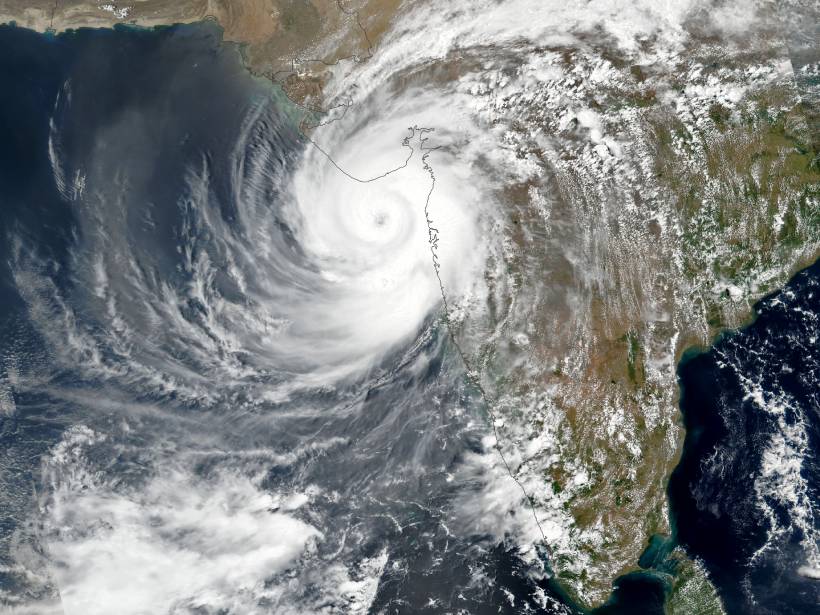One of the world’s rainiest places lies off Colombia’s Pacific coast. New field research sheds light on the Chocó low-level jet, a phenomenon responsible for the region’s precipitation.
News
Planning and Planting Future Forests with Climate Change in Mind
The climate is warming too fast for some trees to catch up. Planting seeds from warmer regions can bolster future forests, but that requires a significant shift in forestry practice.
Studying Arctic Fjords with Crowdsourced Science and Sailboats
A new study demonstrates the benefits of crowdsourcing science using sailboats to better understand the impact of melting sea ice in the Arctic.
Species of Feces Help Phytoplankton Feed Itself
The unicellular plants more readily take up iron in the presence of salp feces than in krill feces, an experiment in Antarctica reveals.
An Ancient Meltwater Pulse Raised Sea Levels by 18 Meters
Meltwater pulse 1A, a period of rapid sea level rise after the last deglaciation, was powered by melting ice from North America and Scandinavia, according to new research.
Fifteen Years of Radar Reveal Venus’s Most Basic Facts
Venus’s heavy atmosphere tugs the planet’s surface enough to change the length of its day by up to 21 minutes.
Health Costs from Climate Soar To $820 Billion
Climate change and fossil fuel use are responsible for hiking up the price of health care beyond what the U.S. spends on defense.
La educación puede aumentar las emisiones pero mitigar el costo humano del cambio climático
El incremento en la educación en los países en vías de desarrollo podría traer un aumento modesto en las emisiones de carbono debido al crecimiento económico, pero la educación podría también reducir el impacto negativo del cambio climático en poblaciones vulnerables.
Cyclone Tauktae Documents a Climate Trend in the Tropics
The western Indian Ocean has been warming at a rate faster than any other region in the tropical oceans, a pattern that is contributing to more frequent and intense storm activity.
A New Tool May Make Geological Microscopy Data More Accessible
PiAutoStage can automatically digitize and send microscope samples to students and researchers on the cheap and from a distance.










